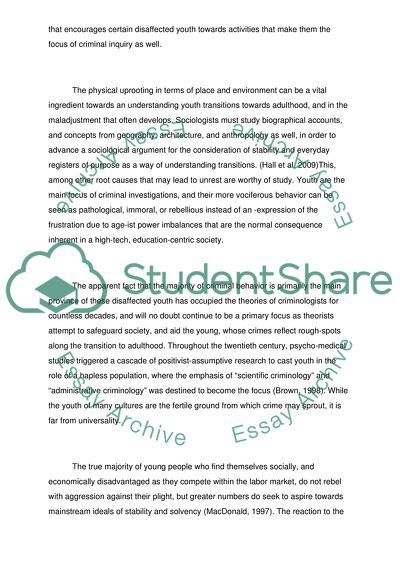Cite this document
(Exploration of Adolescent Developmental Theories Report Example | Topics and Well Written Essays - 4250 words, n.d.)
Exploration of Adolescent Developmental Theories Report Example | Topics and Well Written Essays - 4250 words. https://studentshare.org/sociology/1754512-what-are-the-strengths-and-limitations-of-the-transition-metaphor-for-understanding-young-peoples-pathways-to-adult-status
Exploration of Adolescent Developmental Theories Report Example | Topics and Well Written Essays - 4250 words. https://studentshare.org/sociology/1754512-what-are-the-strengths-and-limitations-of-the-transition-metaphor-for-understanding-young-peoples-pathways-to-adult-status
(Exploration of Adolescent Developmental Theories Report Example | Topics and Well Written Essays - 4250 Words)
Exploration of Adolescent Developmental Theories Report Example | Topics and Well Written Essays - 4250 Words. https://studentshare.org/sociology/1754512-what-are-the-strengths-and-limitations-of-the-transition-metaphor-for-understanding-young-peoples-pathways-to-adult-status.
Exploration of Adolescent Developmental Theories Report Example | Topics and Well Written Essays - 4250 Words. https://studentshare.org/sociology/1754512-what-are-the-strengths-and-limitations-of-the-transition-metaphor-for-understanding-young-peoples-pathways-to-adult-status.
“Exploration of Adolescent Developmental Theories Report Example | Topics and Well Written Essays - 4250 Words”. https://studentshare.org/sociology/1754512-what-are-the-strengths-and-limitations-of-the-transition-metaphor-for-understanding-young-peoples-pathways-to-adult-status.


